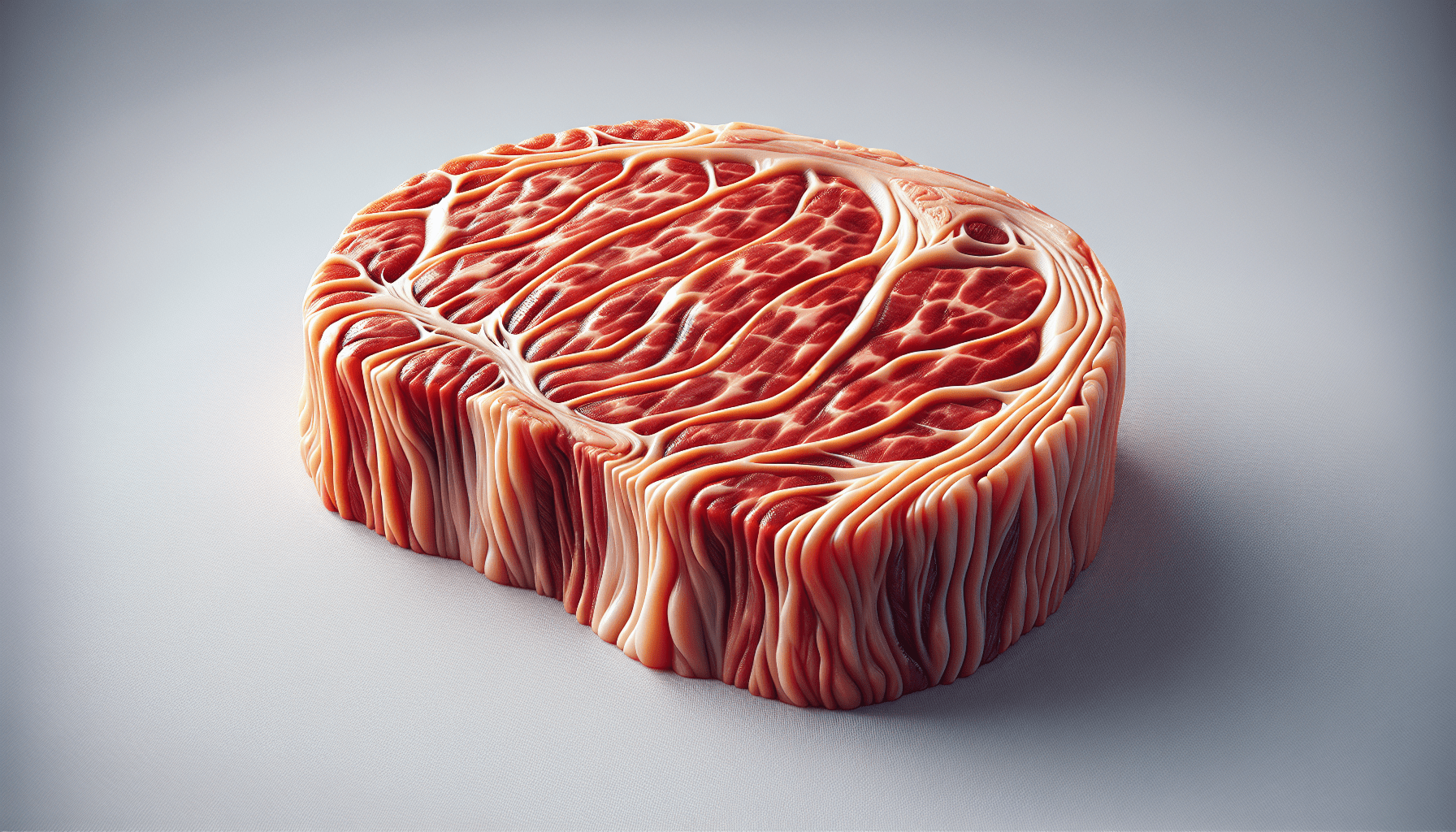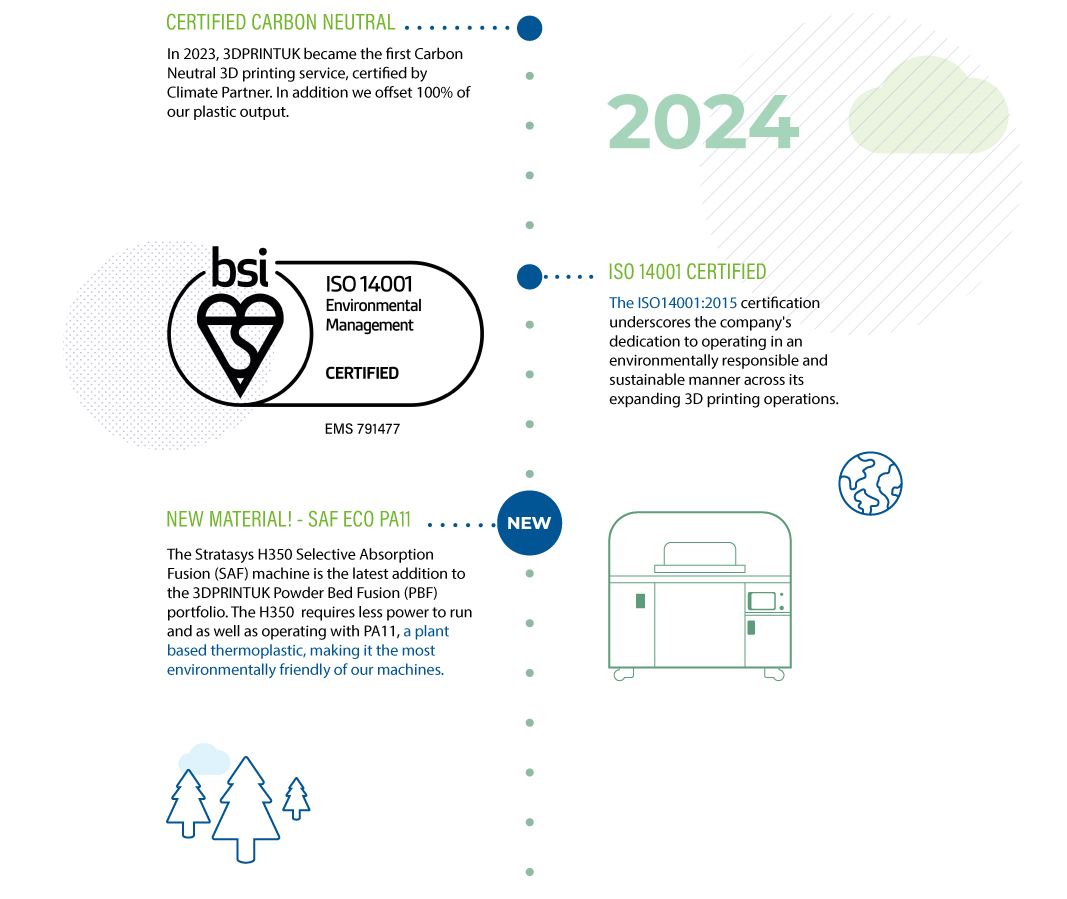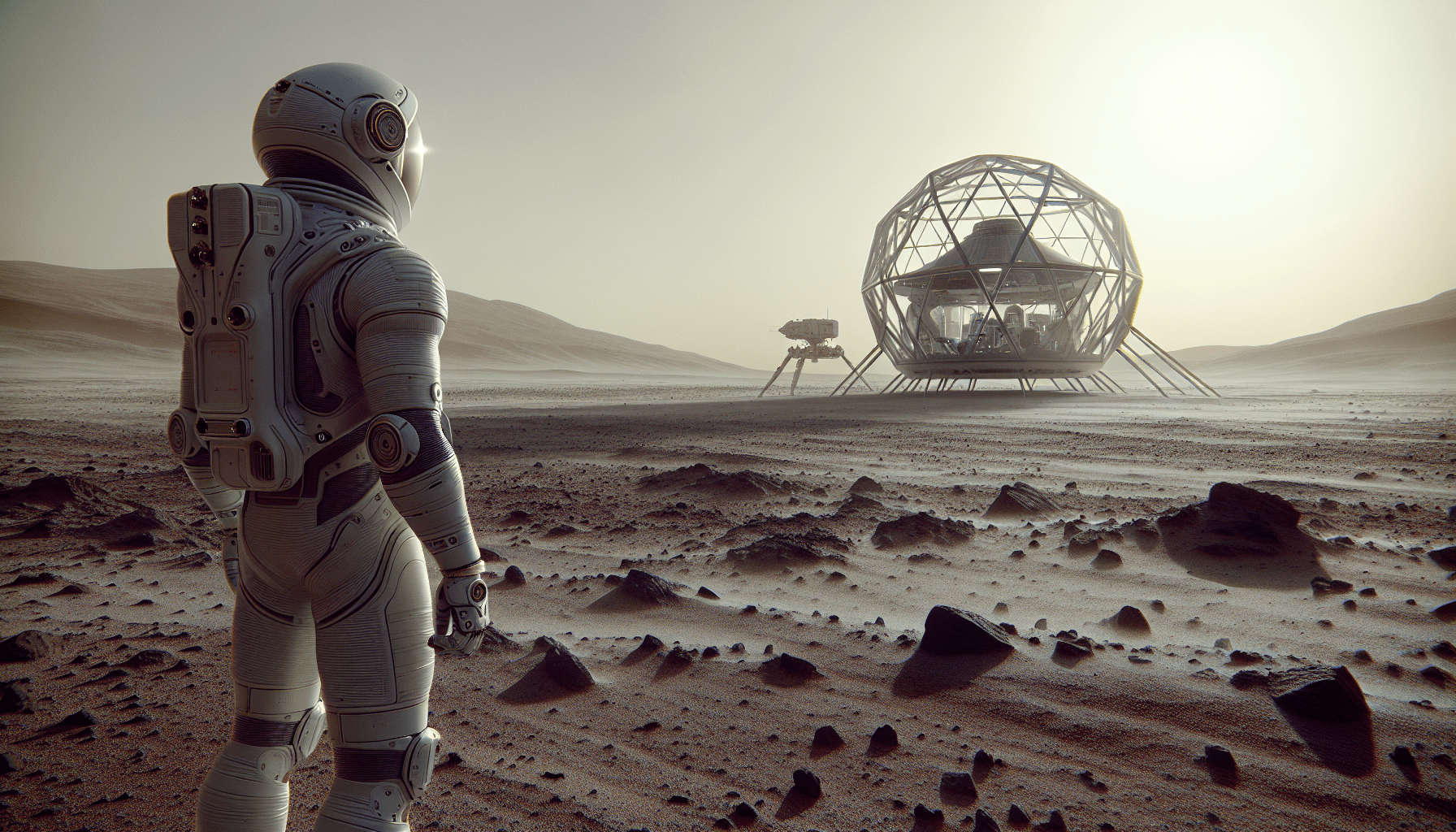Anycubic Kobra S1 Combo 3D Printer, 4 Stunning Multicolor with Anycubic ACE PRO, 600mm/s High Speed and 320℃ Hotend Free-Clog Extruder, Intelligent Drying While Printing, Built-in Camera 250*250*250mm
$599.99 (as of June 21, 2025 23:57 GMT +00:00 - More infoProduct prices and availability are accurate as of the date/time indicated and are subject to change. Any price and availability information displayed on [relevant Amazon Site(s), as applicable] at the time of purchase will apply to the purchase of this product.)The University of Virginia has developed an innovative method of 3D printing using seed-impregnated soil, resulting in living soil walls that sprout greenery. Through the combination of soil and seeds into 3D-printable “soil inks,” architectural features such as walls and roofs can be constructed to support plant life. As the prototypes start off as raw-earth structures, they transform over a few days, becoming covered with vegetation. This technique can bring various benefits, including natural insulation, flood prevention, and the creation of green spaces for both people and animals. Furthermore, buildings made with this method have the potential to be carbon neutral or even carbon negative, as the plant covering actively withdraws carbon dioxide from the atmosphere. The researchers aim to further develop this technique and explore the possibility of creating larger and more complex structures.
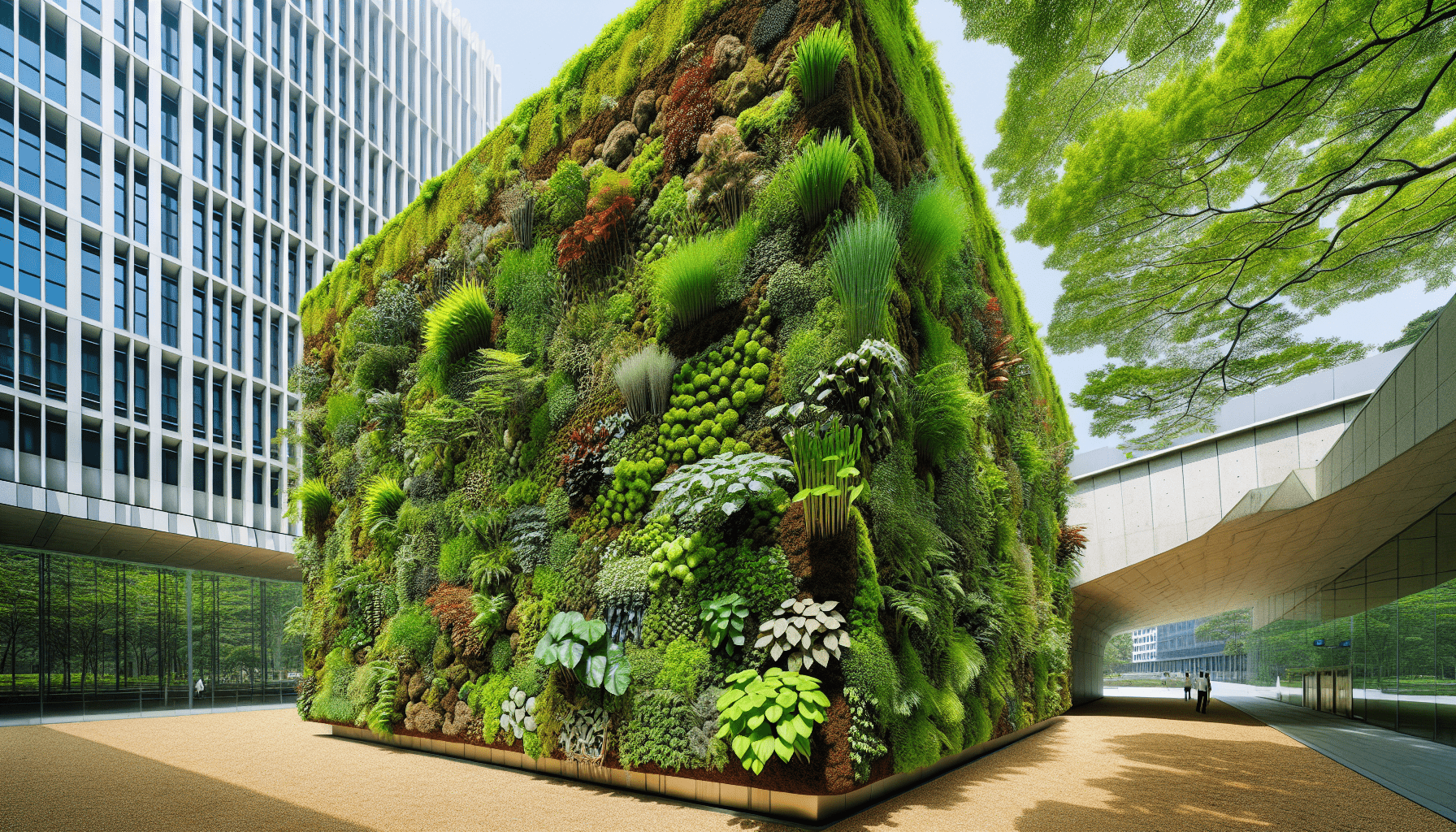
Method of 3D Printing with Seed-Impregnated Soil
The researchers at the University of Virginia have developed a groundbreaking method of 3D printing using seed-impregnated soil. This innovative technique allows for the creation of walls and roofs that are teeming with plant life. By combining soil and seeds into 3D-printable “soil inks”, the researchers have found a way to incorporate greenery directly into architectural features. This approach offers numerous benefits, including natural insulation, flood prevention, and the creation of green spaces for people, pollinators, and other animals.
The process begins by mixing local soils and plants with water to create the soil ink. The researchers have focused on using local materials to reduce the environmental impact and ensure the compatibility of the plants used. The soil ink is then used as the medium for 3D printing the structures. The printing process itself requires minimal electricity, mainly to move the material and run a pump. This makes the method energy-efficient and environmentally friendly.
One of the key advantages of this technique is the circularity it offers. The soil ink can be recycled and reused if a printed piece is not up to the desired quality or if it is no longer needed. This not only minimizes waste but also reduces the demand for emissions-intensive building materials. By replacing traditional materials with the circular alternative of seed-impregnated soil, the researchers are paving the way for a more sustainable and eco-friendly approach to construction.
Environmentally Friendly Structures
The buildings created using this method have the potential to be carbon neutral or even carbon negative. The plants integrated into the structures act as natural carbon sinks, absorbing carbon dioxide from the atmosphere through the process of photosynthesis. This creates an active ecological system that can help offset emissions and contribute to the reduction of greenhouse gases.
Additionally, these living soil structures have the potential to create a favorable microclimate within urban environments. The plants provide shade, regulate humidity, and improve air quality. They also help mitigate the heat island effect, which is the phenomenon of urban areas being significantly warmer than surrounding rural areas. By incorporating greenery into architectural features, these structures can contribute to creating more sustainable and livable cities.
$30 off $400+ Anycubic Products with code AC30OFF
Prototypes and Small Structures
In the initial stages of their research, the University of Virginia team focused on creating small, self-supporting structures. These prototypes resemble beehives and serve as proof of concept for the viability of their 3D-printing method. The structures are designed to provide optimal conditions for seed germination and seedling growth. They offer moisture and nutrients to support the plants’ development and allow them to grow into fully mature vegetation.
The researchers chose stonecrop seeds for their prototypes due to their ability to survive with minimal water. The extrusion process used in 3D printing makes the soil compact and dry, which is well-suited for plants that can tolerate arid conditions. This choice of seeds ensures the longevity and viability of the greenery that eventually sprouts from the structures.
Scaling Up and Future Plans
With the success of their small structure prototypes, the University of Virginia researchers are now looking to scale up their 3D-printing process. They are exploring the printing of larger objects, such as low walls with a height of approximately one meter. This expansion in size requires further refinement of their soil ink formula to address potential issues such as soil cracking. The researchers are committed to developing a formulation that can withstand the increased height and ensure the structural integrity of the printed objects.
To facilitate the printing of even taller and more complex structures, the researchers plan to mount the 3D-printing system on a moving robot. This mobility will allow for greater flexibility in design and construction, opening up possibilities for innovative architectural creations. The use of a robot will also simplify the process of printing structures on multiple sides, further expanding the potential applications of this method.
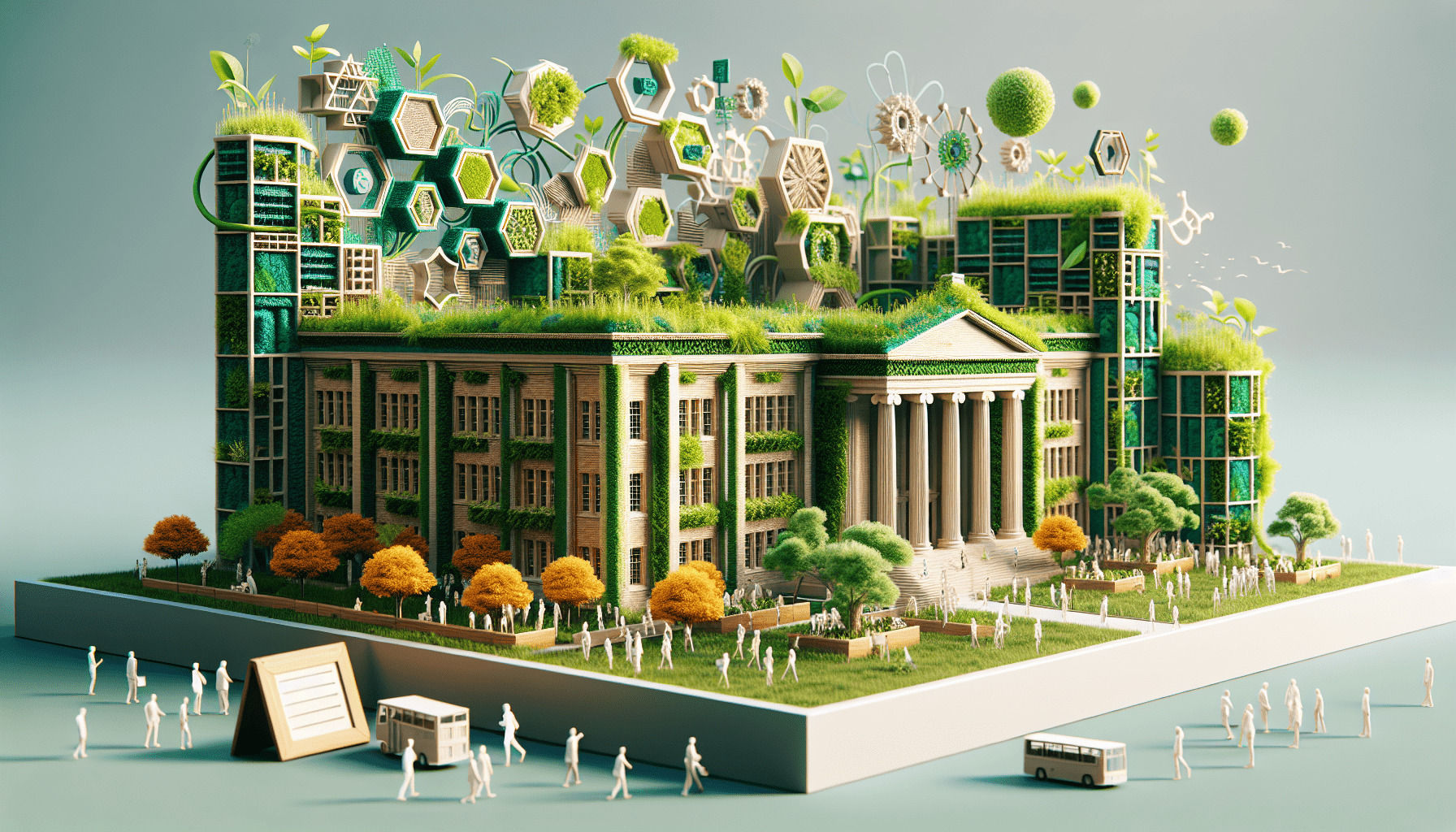
Experimentation with Multiple Material Layers
In their ongoing research, the University of Virginia team is exploring the use of multiple material layers within wall panels. This approach aims to create a barrier between the dry inner wall and the moist outer wall. By insulating the inner wall, the researchers can prevent moisture transfer and maintain the stability and integrity of the structure. This experimentation with insulation and moisture management demonstrates the depth and breadth of their research efforts and highlights the potential for further advancements in the field of living soil architecture.
Other Efforts in Living Architecture
The University of Virginia research team is not alone in their exploration of living architecture through 3D printing. Blast Studio, based in London, has developed a method that combines mycelium, the thread-like structures of fungi, with paper pulp to create architectural columns that can sprout mushrooms. This innovative approach showcases the versatility of 3D printing in enabling the integration of living organisms into the built environment. These interdisciplinary efforts push the boundaries of traditional construction methods and offer new possibilities for sustainable and regenerative architecture.
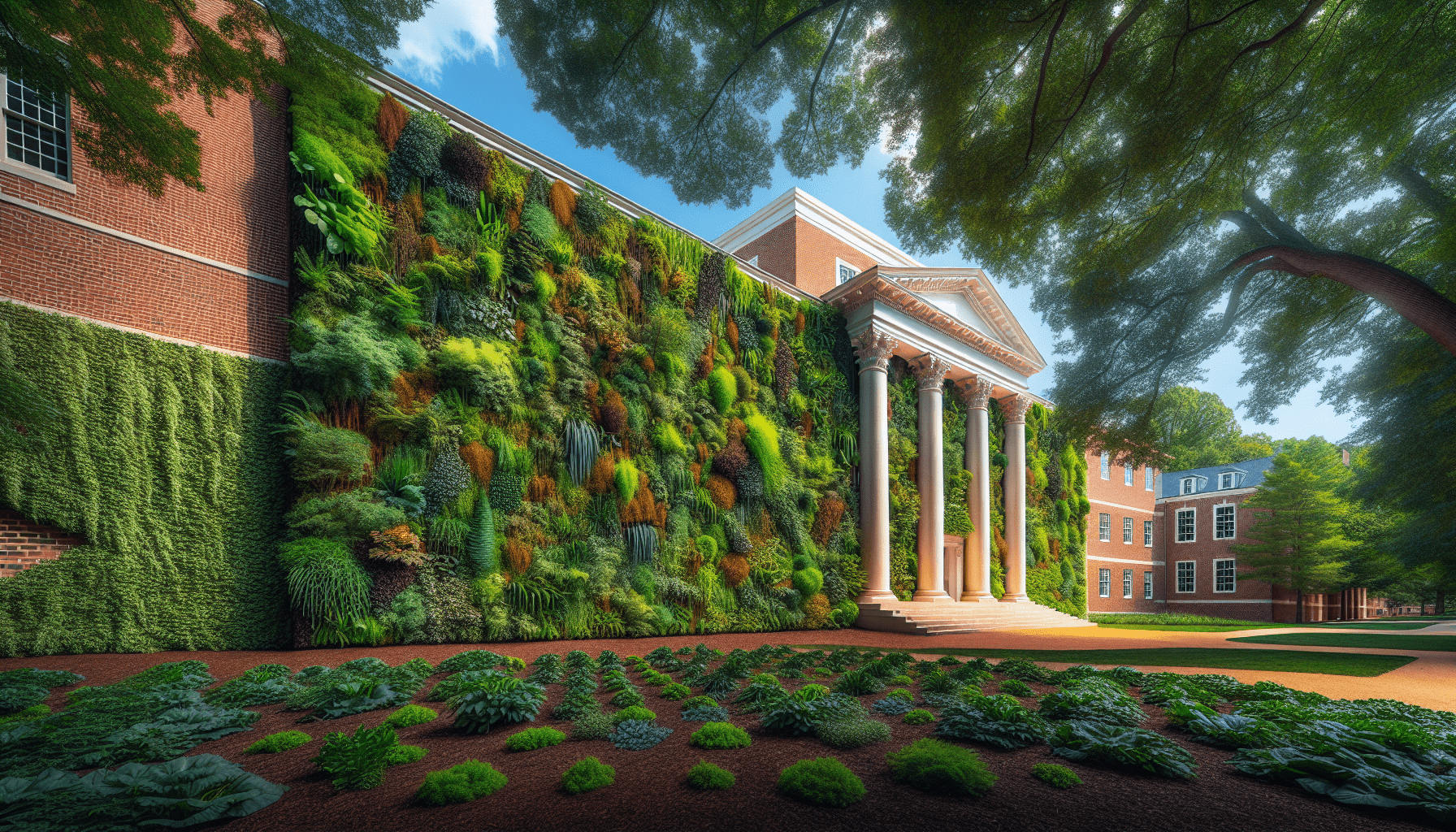
Photo Credits and Project Details
The accompanying photos in this article are credited to Ehsan Baharlou and the University of Virginia research team. The team’s work on 3D-printed living soil structures has been published in the Journal Additive Manufacturing, further highlighting the significance and impact of their research. The collaboration and dedication of the researchers involved in this project demonstrate the potential of 3D printing with seed-impregnated soil to revolutionize the construction industry and create a greener and more sustainable built environment.
Buy Photon Mono M5 Get Free 1KG Resin






